
Without naming ‘China’, PM Modi, US send strong message to Beijing
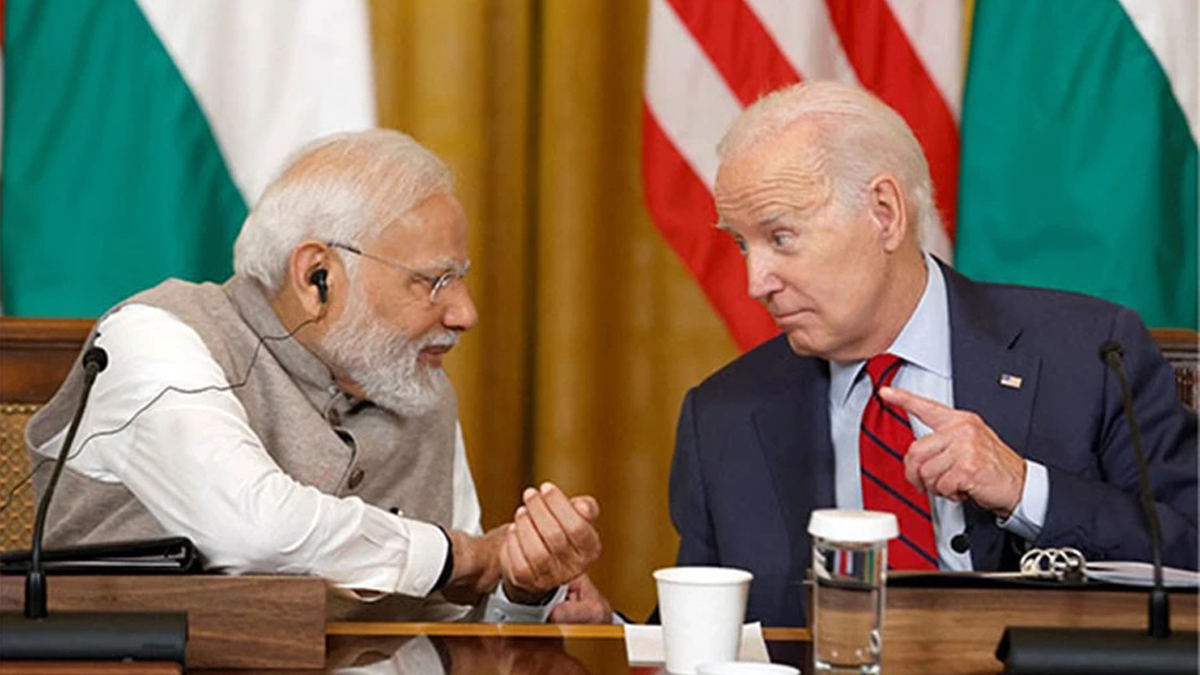
Although ‘China’ was not categorically mentioned during the whole state visit of Prime Minister Narendra Modi to the United States, there was a ‘strong’ signal sent to Beijing, in a quiet and subtle way, Ellen Nakashima wrote in the Washington Post. “Joint statements issued by the United States and India over the last several years have condemned North Korea’s missile tests, called for the Taliban to respect human rights and appealed for an end to the violence in Myanmar. But never has there been an outright mention of India’s primary adversary: China,” she stated.
It has been China in recent years that has supplanted Pakistan as India’s main security threat. China’s clashes with India along its border have turned the world’s two most populous countries into rivals again in the Indo-Pacific. It is the resurgence of that rivalry — after decades of detente — that has made for a convergence of strategic interests between the United States and India. Just before PM Modi’s state visit to the US, President Biden on Tuesday called Chinese President Xi Jinping a “dictator.”
Despite that, during the whole state visit, neither Biden nor PM Modi framed their engagement as primarily being about containing the China challenge, but the subtext is plain. Rather, officials say, it is about lifting up a rising power — the world’s largest democracy, if an imperfect one — and showcasing the momentum in the relationship based on a set of shared interests, the Post stated. “This visit is not about China,” national security adviser Jake Sullivan said in an interview with reporters this week. “But the question of China’s role in the military domain, the technology domain, the economic domain will be on the agenda.”
Among the several major deals that took place during the visit, includes the ones to manufacture General Electric fighter-jet engines in India and that of purchasing General Atomics armed drones are of huge prominence, as India has always wanted the platform for years and which can help them detect and counter moves by China’s military. The GE deal, worth billions of dollars, involves the provision of sophisticated jet engine technology that has never been shared even with treaty allies and has the potential to bind the two countries’ defence industries for years to come.
“It’s coveted sensitive technology — something India’s been asking for, for almost two decades,” the Post quoted Sameer Lalwani, a senior expert at the U.S. Institute of Peace. “If it works, it could lead to multiple future generations of jet engines. This is a way for the United States to both be a partner to and shape India’s defence innovation developments over the next 20 to 30 years,” he said.
The Modi government realizes that to compete with China, which is well into a decades-long military modernization campaign, it will need to figure out how to advance tech start-ups so they can design technologies at a military scale, the piece added. Nakashima states in her piece that pulling down hurdles to tech and defence collaboration is a key theme of PM Modi’s visit. Administration officials, from Biden and Sullivan to Defense Secretary Lloyd Austin, have met with Delhi counterparts, and officials in both countries have worked to cut through licensing, export control and other barriers to cooperation.
On the technology front, another major announcement is the one involving Micron Technology Inc., the biggest US memory chipmaker. The deal represents the first major investment by an American firm as part of the administration’s “national mission on semiconductors” to rebalance supply chains away from China, which sealed itself off from the world for almost three years during the coronavirus pandemic.
From India’s perspective, these initiatives fulfil two broad objectives, said Arvind Subramanian, Modi’s chief economic adviser from 2014 to 2018. The GE deal, for instance, is part of a long-running effort to wean India off its reliance on Russia for military equipment, said Subramanian, now a senior fellow at Brown University, the Washington Post reported. The chip plant and defence deals serve Delhi’s goal of revitalizing a moribund manufacturing sector. To entice foreign investment, the government several years ago launched a major program of subsidies — just as investors were seeking alternative locations to China during the pandemic.
Meanwhile, China casts an outsize shadow on the region, with its aggressive actions against Taiwan after a visit last year by then-House Speaker Nancy Pelosi (D-Calif.) to Taipei. Nakashima states that India, which will host the G-20 summit of world leaders this year, aspires to great-power status in its own right. Eschewing explicit alignment with either Russia or China, it has positioned itself as a champion of the developing world.
“India is clearly in a category of its own, in terms of our alliances and partnerships in a number of ways,” said a senior US official, speaking on the condition of anonymity because of the matter’s sensitivity. “I think we are like-minded on the balance of issues.” She points out that PM Modi was warmly greeted when he visited a number of Pacific Island nations last month, a region in which both the United States and China are vying for influence.
He flew to Papua New Guinea — a stop that was supposed to be in tandem with Biden after both leaders attended the G-7 summit in Hiroshima, Japan. But Biden cancelled that leg of his trip to return to Washington to deal with a debt ceiling crisis. Papua New Guinea Prime Minister James Marape hailed Modi as “the leader of the Global South,” the Post stated. The US administration officials preferred to stress the strategic role India can play as a key economic and military partner in the Indo-Pacific and bulwark against China, though they rarely — if ever — in joint statements explicitly mentioned China.
“You hear us talking a lot about a free and open Indo-Pacific,” the Post quoted Assistant Secretary of Defense for Indo-Pacific Security Affairs Ely Ratner said in an interview. “A strong India and a strong U.S.-India partnership is central to achieving that vision.” That’s why, he said, “the relationship matters.” Nakashima states that officials in Washington are clear that India will “never be a treaty ally” in the manner of Japan or Australia. And they understand that Delhi has no intention to give up its strategic autonomy or seek to be seen as aligned with NATO and the West. Modi’s government has refused to condemn Russia for its invasion of Ukraine or join in sanctions.
What’s manifestly changed in the last decade is how India perceives China as a threat. The two countries have been fighting a bitter, bloody battle along their Himalayan border since 2020, one that has claimed 20 Indian lives. Public opinion in India on China is the lowest it has been since the 1962 war. Delhi has banned TikTok, along with more than 100 Chinese apps. It has effectively barred Chinese telecom giants Huawei and ZTE from its 5G networks, the Washington Post reported.
Though observers are tempted to reduce the US-India relationship to a shared interest in countering China — a version of “the enemy of my enemy is my friend” — the US investment in India does not involve any expectation that Delhi will aid Washington in defending Taiwan should China invade, the Post quoted administration officials. “We’re not making a bet on some future war and whether we’re fighting alongside each other in that war,” NSA Sullivan said. “We’re making a bet that in a variety of areas that matter fundamentally to the economic resilience of the United States, to the success and vitality of an open technology ecosystem, to diversified and resilient supply chains — the things that are core to the Biden foreign policy, that India can play a very constructive role in those areas.”
Countering Chinese military aggression is an effort that has engaged a number of countries around the world in ways that do not involve them shooting at ships in the Taiwan Strait, officials point out. “There’s a convergence of … interests that can protect the autonomy of India while at the same time deepen the strategic partnership with the United States,” Sullivan said. “And we see no contradiction between those two things,” the Post piece further added. (ANI)
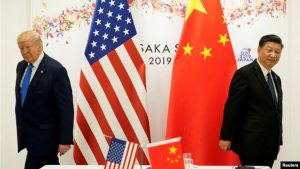
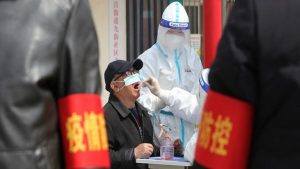
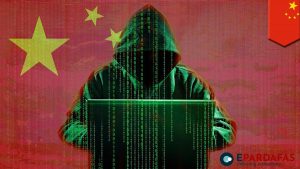

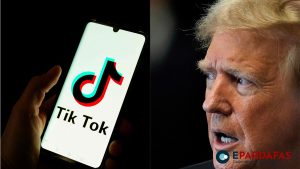
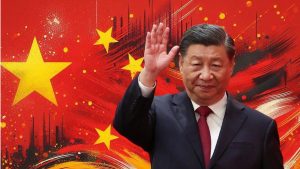
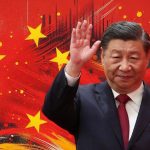


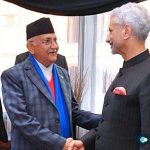
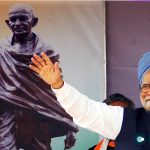

Comments